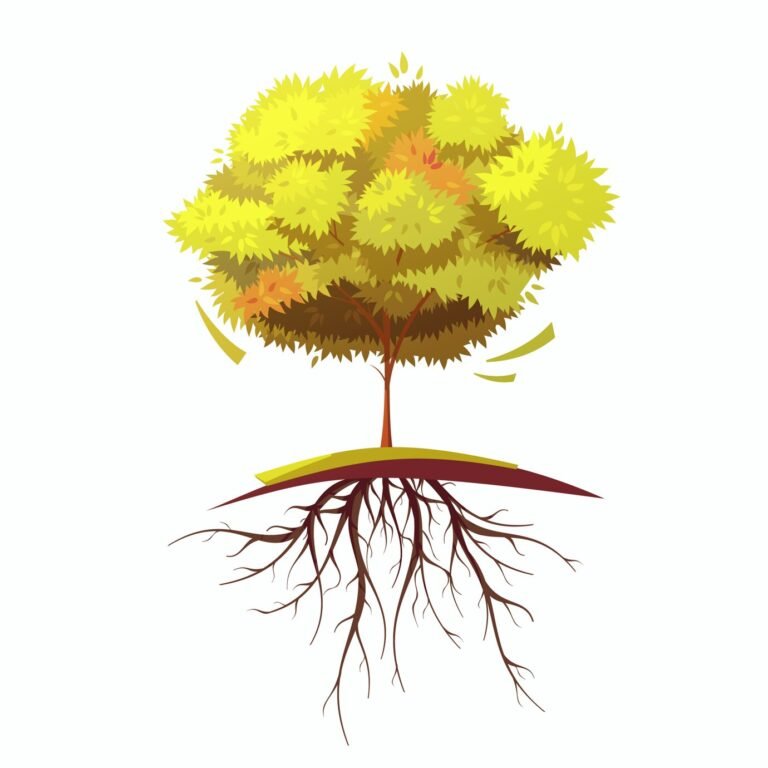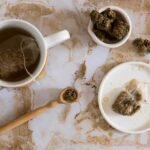What Does Phytoplankton Eat?
Phytoplankton are microscopic plants and plant-like organisms that live near the ocean or lake surface. Like land plants, their basic sources of “food” are sunlight and carbon dioxide — they use light to turn CO₂ into sugars by photosynthesis. They also need a steady supply of dissolved inorganic nutrients: nitrogen (often as nitrate or ammonium), phosphorus (as phosphate), and, for many kinds, silicon (for diatoms). Trace metals such as iron, manganese and cobalt are tiny but vital ingredients that enzymes and photosynthetic machinery require.
Put plainly: light and carbon give them energy and the carbon backbone for growth; nutrients and trace elements give them the raw materials to build cells. According to NOAA, phytoplankton require sunlight, water, carbon dioxide and nutrients in much the same way as land plants..
Phytoplankton do not “eat” in the animal sense. Most are strictly autotrophic — they make their own organic matter from CO₂ and mineral nutrients. Some groups of microalgae and related microbes can mix metabolism modes (mixotrophy) — they photosynthesise but also take up dissolved organic molecules or engulf tiny prey. Those exceptions change the rules at the margins, but the vast majority rely on light, dissolved carbon, and dissolved nutrients. The balance of light versus nutrient availability shapes which phytoplankton species dominate in a place — for example, intense sunlight with low nutrients favours small cells like Prochlorococcus, while nutrient-rich, colder water can favour larger diatoms that need silica. According to NASA, phytoplankton remove carbon dioxide through photosynthesis on a scale comparable to forests.

Why Their Diet Matters for Climate, Fisheries and Health
How and how much phytoplankton take up carbon and nutrients have outsized consequences. Phytoplankton photosynthesis removes CO₂ from surface waters and, in part, the atmosphere; some of that carbon sinks to the deep ocean when cells die or are eaten and packaged into faecal pellets. This “biological pump” helps regulate atmospheric CO₂ and thus the climate. At the same time, phytoplankton produce a large share of the world’s oxygen — estimates put oceanic plankton at about half of global oxygen production. That makes their basic diet of light and nutrients an engine for both food webs and the global carbon–oxygen balance. Scientists at NOAA estimate roughly half of Earth’s oxygen production comes from ocean plankton.
Nutrient supply limits how fast phytoplankton can grow. When nitrogen or phosphorus runs low, growth stalls even if light is abundant. In many ocean regions, iron — a trace metal — limits productivity; adding iron in experiments spurs growth because it is essential for the enzymes that capture light and fix carbon. A global analysis of experimental data found that nutrient co-limitation — when more than one nutrient limits growth at the same time, such as iron, phosphate, and cobalt — is common. This means that tiny changes to multiple nutrients can produce big shifts in phytoplankton growth and community structure. These changes ripple up the food web, altering fisheries, oxygen levels in coastal waters, and the frequency of harmful blooms.
Small variations in the “menu” can also change which species dominate. Diatoms need dissolved silica to build shells; if silica is abundant relative to phosphorus and nitrogen, diatoms can bloom and support productive fisheries. If iron or other trace metals are low, tiny cyanobacteria may win out, altering food quality for grazers and fish. In short: what phytoplankton “eat” controls who lives in the sea and how much carbon the ocean can store.

Recent Studies and the Consequences on the Coast
The science is not abstract; communities and scientists see the effects on the water and in livelihoods. Fishing towns, shellfish growers and coastal managers regularly report consequences when nutrient supplies or blooms shift. NOAA has gathered first-hand accounts of coastal communities hit by massive harmful algal blooms (HABs), and those narratives show real economic pain — lost catches, closed beaches and contaminated shellfish beds that harmed business and trust. A NOAA collection of community stories documents these impacts and how they shaped responses after major blooms.
In 2025, NOAA reported a widespread harmful algal event in the Bering Sea associated with saxitoxin exposure among marine mammals; testing linked the deaths of northern fur seals to toxins produced by algal organisms. This is a concrete example of how changes in phytoplankton communities — sometimes driven by nutrient shifts and changing ocean conditions — have immediate ecological and economic consequences.
On the research side, recent high-profile studies clarify how limiting nutrients operate across the ocean. A 2023 Nature study documented persistent iron limitation in parts of the equatorial Pacific and showed how climate cycles like ENSO interact with nutrient supply to shape phytoplankton growth. That work helps explain why some ocean regions remain low in productivity despite plenty of light. Another large 2023 analysis published in Nature Communications showed that co-limitation by multiple nutrients is widespread — adding a single nutrient rarely tells the whole story. Those papers are important: they mean policy or remediation that targets only nitrogen or phosphorus may fall short if trace elements like iron or cobalt are also limiting.
River and land inputs matter too. Studies of river plumes and coastal zones show that nitrate, phosphate and silicate concentrations vary with floods, land use and season, altering which phytoplankton thrive nearshore. For example, research along the Amazon plume found that nitrate uptake patterns are spatially variable and shape phytoplankton responses, especially where river water meets ocean water. These processes feed directly into coastal fisheries and local economies.
From these studies and the coastal stories, two patterns emerge: (1) small chemical shifts in water can change which phytoplankton grow, and (2) those changes produce visible, sometimes harmful effects for people — from sick seals to closed fisheries. That is not hypothetical; it is happening now and is being reported by both scientists and communities.
What We Can Do — Practical Steps, For Policy and People
Understanding what phytoplankton eat points to actions that reduce risks and support ocean health. At the policy level, managing nutrient runoff from land remains a top priority. Reducing excess nitrogen and phosphorus entering rivers and coasts — through better fertiliser management, improved wastewater treatment, and restored wetlands — lowers the chance of destructive coastal blooms. At the same time, science shows that trace metals and multiple nutrient controls matter; monitoring programs should measure a wider suite of nutrients (including iron, silica and cobalt) rather than only nitrate and phosphate.
For coastal communities and managers, investing in real-time monitoring and forecasting helps. Where forecasts and warnings exist, they can reduce health risks (e.g., shellfish closures) and help businesses plan. Studies evaluating harmful-algae forecasts find that accurate, timely advisories bring measurable benefits to communities by helping avoid exposure and economic losses.
Individuals and local groups also have roles. Farmers and gardeners can adopt precision fertiliser practices and buffer strips to limit nutrient runoff. Municipalities can prioritise upgrades to sewer and stormwater systems. Fishers and coastal businesses can participate in citizen monitoring programs; first-hand observations and samples from people on the water often alert scientists to emerging blooms earlier than satellites can. NOAA’s community reports show how local voices matter in both detection and recovery.
A brief, practical table of some key numbers to keep in mind:
| Fact | Typical figure or insight |
|---|---|
| Share of global oxygen produced by ocean plankton | About 50% (estimate). According to NOAA. |
| Common macronutrients phytoplankton need | Nitrate (N), Phosphate (P), Silicate (Si) for diatoms. According to NOAA/EPA. |
| Important trace element often limiting | Iron (Fe) — controlling productivity in many open-ocean regions. |
| Recent evidence of co-limitation | Global analysis (2023) shows co-limitation by multiple nutrients in many ocean regions. |
| Human impacts shown in community accounts | Fisheries closures, economic loss and wildlife impacts documented by NOAA in multiple events. |
Conclusion: Actionable advice and Key Takeaways
- Support and demand better nutrient management on land — less excess fertiliser, more natural buffers, and improved wastewater treatment.
- Back broader monitoring — encourage agencies to measure not just nitrogen and phosphorus, but also silica and trace metals that can control blooms.
- Use local data — fishers, shellfish growers, and coastal residents should report odd water discolouration, dead fish or shellfish illnesses; those reports save time and lives.
- Promote science-policy links — fund and use forecasting programs that translate nutrient and phytoplankton science into warnings and practical decisions for communities.
Phytoplankton eat light, CO₂ and a small but essential shopping list of dissolved nutrients and trace metals. That simple diet supports half the oxygen we breathe and underpins ocean food webs — but small changes to that diet from pollution, climate variability, or shifting trace-metal supplies can produce outsized effects. Recent science and coastal stories make that clear: protecting both land and sea chemistry is how we look after phytoplankton and, in turn, ourselves.







